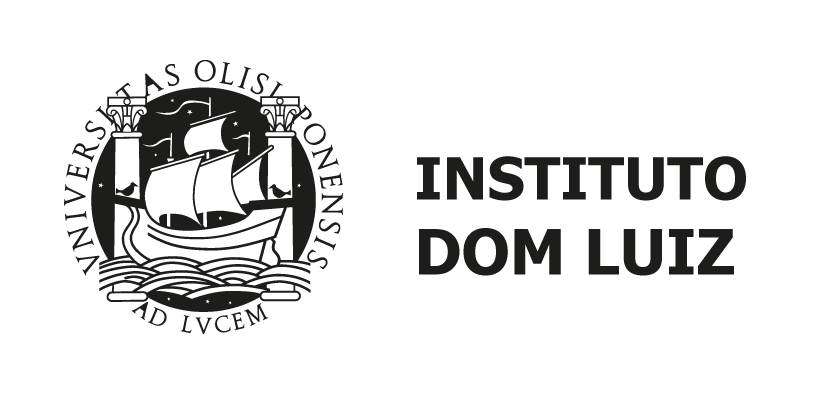Interview with Chiara Civiero
Chiara Civiero has a Ph.D. in seismology from the Imperial College London (ICL) and was a postdoctoral researcher at Instituto Dom Luiz (IDL). She was on a seminar at IDL last July 16, 2019, talking about "The late stages of a subduction slab". During her visite, Chiara told us about her latest research works and projects. Here is the interview:
Where are you currently doing your research?
I am currently working at the Dublin Institute for Advanced Studies (DIAS) in Dublin as Postdoctoral Research Fellow in Seismology. The Institute is a publicly-funded independent center for research in basic disciplines. DIAS has three constituent schools: the School of Celtic Studies, the School of Cosmic Physics and the School of Theoretical Physics. I am part of the Cosmic Physics section.
Could you briefly explain your research?
My current research uses seismology to understand the interior of the Earth. I am particularly focused in using tomographic methods to image the crust and mantle structure from regional to global scales. During my PhD (in London) and my first postdoc experience (in Lisbon), I used specific seismic waves, named body waves, to investigate the upper mantle structure of the East African Rift and the Gibraltar Arc System, providing new insights on the origin of the recent volcanism at the surface. Here in Dublin, I am more focused on the global structure analyzing a different type of waves in the seismograms, the surface waves.
What made you interested in seismology specifically?
I have been always fascinated by the natural phenomena occurring in the Earth, in particular the volcanic eruptions, the tsunamis and the earthquakes wondering why and how they could happen. So, I decided to study Earth Sciences at the university and later specializing in seismology, which was the main topic of my Master thesis and PhD.
Which do you think are the main impacts of your research to society?
I always define my research as ‘pure science’ because the impact on society is quite limited in terms of applications. However, the sensitivity of the community to the seismic and natural hazard is growing nowadays, and in order to mitigate these risks, we need an accurate understanding of the subsurface structure that only the seismologists can provide.
Why are you visiting the Instituto Dom Luiz?
I was visiting the IDL as I spent two years there working as Postdoctoral Researcher with Prof. Susana Custódio and, although I moved to Dublin I still have some work to finish. During the week at IDL I discussed the last results of my research with my advisors and work on the related paper to submit.
You lived in Portugal for some years, right? Did you like it? What do you like most in Portugal?
I lived in Lisbon for two years and this experience was overall positive. I enjoyed the city and its authenticity, the food, the weather and especially the people. I deeply miss these things now that I live in North Europe as you can imagine. From a professional point of view, I collaborated with very good scientists, from who I learned a lot. Unfortunately, I had to move to Ireland for personal reasons, but I will surely come back one day.




